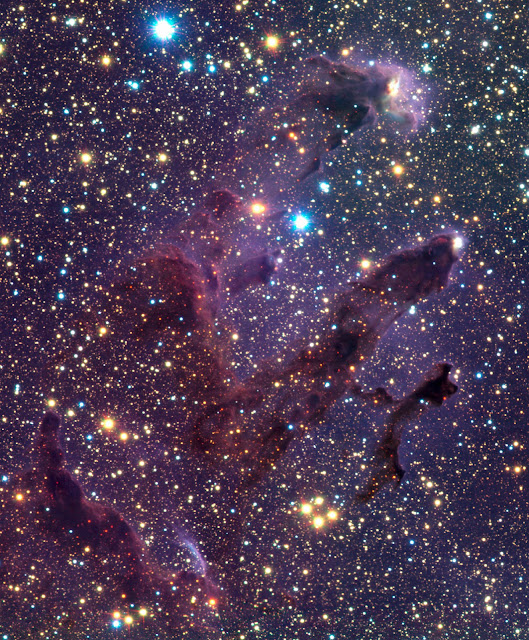ESA Astronaut Samantha Cristoforetti on Spacewalk | International Space Station
Expedition 67 Commander Oleg Artemyev of Roscosmos and Flight Engineer Samantha Cristoforetti of ESA (European Space Agency) concluded their spacewalk at 5:55 p.m. EDT on July 21, 2022, after 7 hours and 5 minutes. Artemyev and Cristoforetti completed all but one of their major objectives, which included the deployment of 10 nanosatellites designed to collect radio electronics data during the spacewalk and installing platforms and workstation adapter hardware near the 37-foot-long manipulator system mounted to Nauka. The spacewalkers also relocated the arm’s external control panel and replaced a protective window on the arm’s camera unit. The last planned activity, to extend a Strela telescoping boom from Zarya to Poisk, will be completed on a future spacewalk.
Additional spacewalks are planned to continue outfitting the European robotic arm and to activate Nauka’s airlock for future spacewalks.
The work on the European robotic arm will be used to move spacewalkers and payloads around the Russian segment of the station.
This was the sixth spacewalk in Artemyev’s career, and the first for Cristoforetti. It was the sixth spacewalk at the station in 2022 and the 251st spacewalk for space station assembly, maintenance, and upgrades.
Expedition 67 Crew
Commander Oleg Artemyev (Russia)
Roscosmos Flight Engineers: Denis Matveev and Sergey Korsakov (Russia)
NASA Flight Engineers: Kjell Lindgren, Bob Hines, Jessica Watkins (USA)
European Space Agency (ESA) Flight Engineer: Samantha Cristoforetti (Italy)
An international partnership of space agencies provides and operates the elements of the International Space Station (ISS). The principals are the space agencies of the United States, Russia, Europe, Japan, and Canada. The ISS has been the most politically complex space exploration program ever undertaken.
Learn more about the important research being operated on ISS: https://www.nasa.gov/iss-science
Credit: NASA's Johnson Space Center/European Space Agency (ESA)/Roscosmos
Capture Date: July 21, 2022
Release Date: July 28, 2022
#NASA #Space #ISS #ESA #Spacewalk #EVA #Cosmonaut #OlegArtemyev #Astronaut #FlightEngineer #SamanthaCristoforetti #Minerva #MissionMinerva #Italy #Italia #ASI #Science #Technology #HumanSpaceflight #Expedition67 #Europe #UnitedStates #Russia #Россия #International #STEM #Education


















